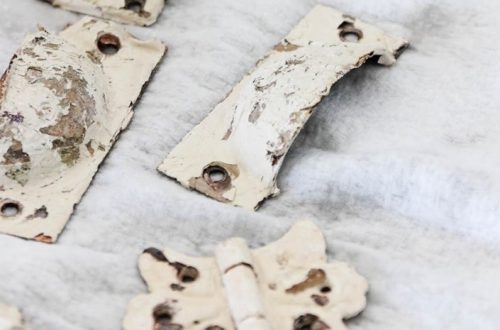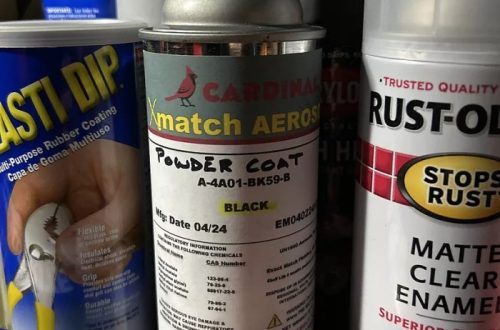Oil pastels, with their vibrant colors and smooth blendability, are an invitation to explore artistic expression. This guide delves into four creative techniques that will push your oil pastel skills beyond the basics and inspire unique artwork.
Part 1: Embracing Abstraction

Color Field Exploration:
Release yourself from the constraints of realism and immerse yourself in the captivating realm of vibrant colors and bold experimentation. Begin by partitioning your paper into distinct sections, allowing you to infuse each space with an array of striking, contrasting colors. Embrace the freedom to explore various blending techniques, such as delicately employing tissues or a damp brush to achieve gentle, seamless transitions between hues. Alternatively, leave harsh edges to instill a sense of dynamism and visual energy within your composition. Delve into the art of layering different colors, an approach that unlocks the potential for creating a captivating sense of depth while fostering a deeper understanding of the interplay between various hues. Embracing this approach allows you to liberate your creativity and unleash an explosion of color, enabling you to craft evocative and visually stimulating oil pastel artworks.
Mark Making and Texture Play:
Oil pastels offer a versatile and dynamic means of creating expressive marks and textures in your artwork. Embrace the flexibility of this medium. Utilize the side of the pastel to produce broad, sweeping strokes. This allows for the quick establishment of large areas of color or bold, gestural marks. Conversely, the tip of the pastel allows for precise and controlled marks. This enables the creation of intricate details and fine lines within your compositions. To expand your repertoire, experiment with unconventional tools such as stencils or crumpled paper. This introduces unique textures and visual interest. Additionally, consider incorporating a palette knife to gently scrape away layers of color. This reveals the paper underneath and infuses your work with an element of surprise and depth. By exploring these diverse techniques, you can harness the full creative potential of oil pastels. This can craft artwork rich in expressive marks and captivating textures.

Part 2: Exploring Stencils and Resist Techniques
Stencil Magic:
Stencils can be a fantastic tool for creating clean lines and shapes in your artwork. Cut out your desired shapes from sturdy cardstock and place them on your paper. Use oil pastels to fill in the stencil openings, creating sharp geometric patterns or whimsical silhouettes. Experiment with layering different colors through the stencil for a more complex look.
Resist Techniques for Unexpected Effects:
Oil pastels can be remarkably versatile when used in conjunction with resist techniques, offering opportunities to create captivating and visually intriguing results. Consider applying a layer of white oil pastel or a wax crayon to your paper in an engaging pattern or design. Once the resist material is applied, proceed to paint over the entire surface with watercolors or acrylics. The water-based paint will interact with the oil pastel or wax, creating a fascinating and distinctive effect as the resist material repels the paint, revealing the underlying design with striking emphasis. Embrace experimentation with a variety of resist materials and painting techniques, allowing for surprising and captivating outcomes. By exploring this innovative approach, you can unlock the artistic potential of oil pastels, creating engaging compositions that incorporate dynamic textures and visually arresting effects, infusing your artwork with depth and complexity.

Part 3: Experimenting with Mixed Media
Oil Pastels and Ink:
Combining oil pastels with ink washes opens up a world of creative possibilities, offering a dynamic interplay of texture and color. Begin by establishing a base layer with oil pastels, utilizing their vibrant pigments to lay down foundation colors and shapes with expressive strokes and marks. Once the oil pastel layer is complete, apply a light wash of ink over the top. As the ink interacts with the oil pastels, captivating effects such as bleeding, pooling, and blending of hues will emerge, adding depth and complexity to your artwork. To further elevate your creative outcomes, consider experimenting with different colors of ink or adjusting the concentration of the wash, allowing you to achieve a wide range of unique and visually compelling results.
Collage with Oil Pastels:
Oil pastels are a versatile and exciting addition to mixed-media collages, offering endless opportunities for creative expression. Embrace the tactile and expressive nature of oil pastels by utilizing them to draw directly onto paper, fabric, or other materials that can be seamlessly integrated into your collage compositions. Explore the potential of oil pastels in mixed media by experimenting with creating shapes filled with vibrant pastel colors, cutting them out, and skillfully layering them onto your collage background. This technique not only introduces captivating textures and visual depth but also enables you to infuse your mixed-media artworks with dynamic, multi-dimensional elements that add interest and complexity to your compositions. Embracing the versatility of oil pastels in mixed-media collages allows you to push the boundaries of traditional art forms, encouraging a fusion of color, texture, and creativity that enhances the visual impact of your artwork.

Part 4: Light and Shadow for Depth
Layering for Light and Shadow:
Oil pastels excel at creating a sense of depth and dimension through layering. Start by establishing a light source in your artwork. Use lighter colors for areas facing the light and darker shades for areas in shadow. Layer different tones to create smooth transitions and a realistic representation of light and shadow.
Scumbling for Subtlety:
Scumbling is a technique where you apply light, circular strokes of oil pastel in a color slightly darker than your base layer. This creates a subtle shadow effect and adds depth to your artwork without creating harsh lines. Use a light touch and experiment with different colors to achieve a variety of effects.

With these creative techniques at your fingertips, you’re ready to explore the boundless possibilities of oil pastels. Don’t be afraid to experiment, embrace happy accidents, and let your imagination guide you. The beauty of oil pastels lies in their versatility and ability to translate your unique artistic vision. So, grab your pastels, unleash your creativity, and embark on an exciting oil pastel adventure!


